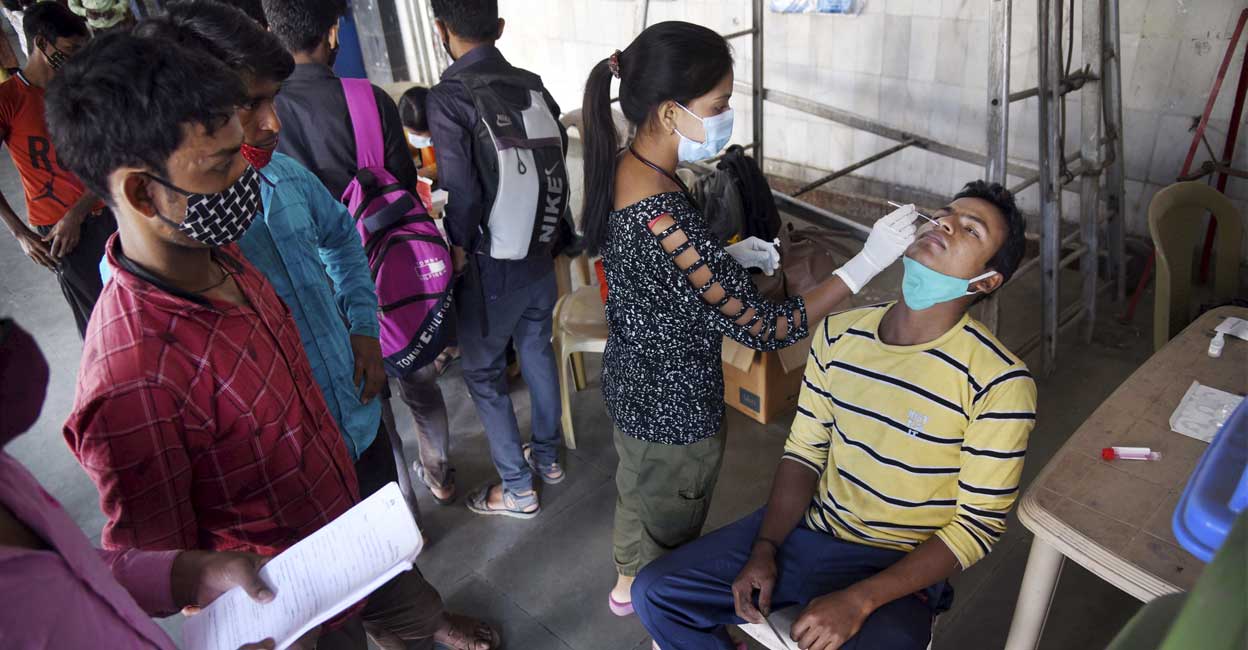India records 3,545 new Covid cases, 27 deaths in a day

India records 3,545 new Covid cases, 27 deaths in a day
India reported 3,545 new Covid infections in a day taking the tally of cases reported so far to 4,30,94,938 while the number of active cases declined to 19,688, according to Union Health Ministry data updated on Friday.
The death toll has climbed to 5,24,002 with 27 more fatalities, the data updated at 8 am stated.
Active cases comprised 0.05 per cent of the total infections, while the national COVID-19 recovery rate was 98.74 per cent, the health ministry said.

According to it, the daily positivity rate was 0.76 per cent while the weekly positivity rate was recorded at 0.79 per cent.
India’s active caseload decreased by 31 in a day.
The number of people who have recuperated from the disease increased to 4,25,51,248, while the case fatality rate was 1.22 per cent. The 27 new fatalities include 26 from Kerala and one from Tripura.
The cumulative Covid vaccine doses administered in the country so far has exceeded 189.81 crore.

India’s COVID-19 tally had crossed the 20-lakh mark on August 7, 2020, 30 lakh on August 23, 40 lakh on September 5 and 50 lakh on September 16. It went past 60 lakh on September 28, 70 lakh on October 11, crossed 80 lakh on October 29, 90 lakh on November 20 and surpassed the one-crore mark on December 19.
The country crossed the grim milestone of two crore on May 4 last year and three crore on June 23.

“Our figures are being reconciled with the Indian Council of Medical Research,” the ministry said on its website, adding that state-wise distribution of figures is subject to further verification and reconciliation



